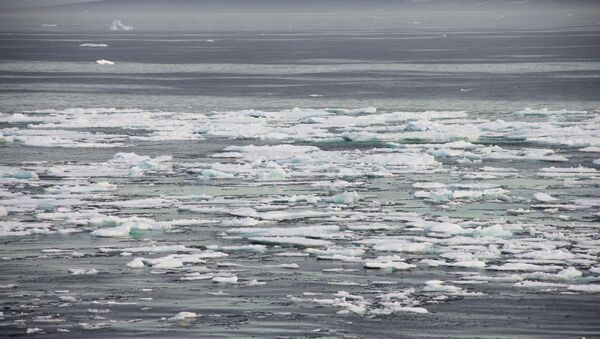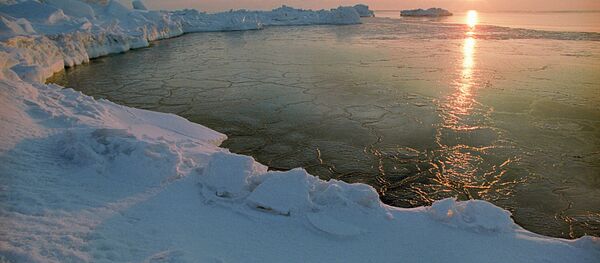"Together with other toxic pollutants mercury tends to accumulate in both the Arctic and Antarctic. When the sea ice melts, there is good reason to suspect that a lot of toxins currently frozen in the sea ice will be released," Gårdfeldt told Swedish Radio.
Unlike many other metals, such as iron or zinc, mercury does not fill any biological function, Swedish scientists pointed out. On the contrary, the substance may be extremely toxic to both humans and animals in large concentrations. 2008 was the last year that mercury levels in the Arctic were properly investigated and were revealed to be largely elevated.
The icebreaker Oden waiting for us in Isfjorden at #Longyearbyen. Just 3 days until we depart for #ArcticOcean2016. pic.twitter.com/o8rqaCCHNb
— Martin Heyn (@Martin_Heyn) August 5, 2016
According to Swedish calculations, as much as 500 tons of mercury rains down over the Arctic each spring, when the highest level of precipitation occurs. Apart from outdated coal-driven energy plants, most of the mercury stems from small-scale gold production.
"One way to go is to provide education and alternative income opportunities, so that people don't have to work in such a dangerous environment," Katarina Gårdfeldt said.
Mercury remains in the environment without breaking down and becomes more concentrated and dangerous as it travels up the food chain, from plankton to fish, marine mammals and finally to humans. For humans, mercury is a potent neurotoxin, which may cause long-term developmental delays in exposed children and impairs cardiovascular health in adults.
Expeditionen #ArcticOcean2016 inleds och får ministerbesök av @heleneHK https://t.co/kNDgXjRHEp pic.twitter.com/dV1DAyXcJZ
— SvenskPolarforskning (@polarforskning) August 4, 2016





